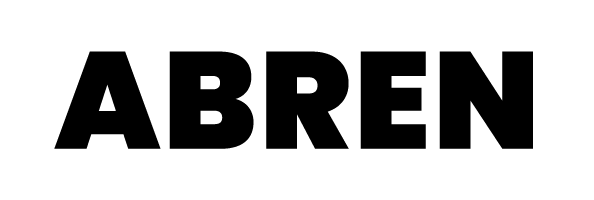|
Getting your Trinity Audio player ready...
|
Abstract to the Timeline
After a series of popular protests, the TPLF-led government in Ethiopia was ousted and a new reformist faction from within the ruling party took over the helm. From 2016 to 2018, sustained and widespread protest movement had shaken the core of the ruling coalition led by the TPLF. The tumult had infiltrated deep inside the ruling coalition. Finally, in 2018, the jig was up, the fissures were no longer sustainable. The party crumbled, ushering in, the relatively unknown intelligence officer, Abiy Ahmed to become the young charismatic, visionary leader with a diverse background, who would gain widespread acceptance.
Prior to these events the Tigray People’s Liberation Front (TPLF) stood at the pinnacle of Ethiopia’s politics. This formerly ardent Marxist Leninist group, which came to power in 1991, thanks to overt support by the United States had been ruling Ethiopia behind the façade of an organization called the Ethiopian People’s Revolutionary Democracy Front (EPRDF). While seemly independent ethnic based organizations encompassed the EPRDF, none of them had the power or the resources of the TPLF, which as Ethiopians liked to quip, owned the bank and the tank. But eventually, like its predecessor, it too, succumbed to greed, brutality, and corruption. The people had enough.
Nonetheless, TPLF’s political defeat was hard to swallow for its obstinate leadership, which refused to join the reformist camp that would later become the Prosperity Party. After a series of efforts to sabotage the reform process, including attempted assassination of the new prime minister, TPLF’s relations had soured greatly with the federal government. Its significant stake within the national defense forces and intelligence services were also becoming the agenda of the reformists. Fearing increasing encroachment on its basic tenants of power, the TPLF would increasingly entrench itself within its home base of Tigray. Its leaders were advised no to travel outside of Tigray as general paranoia set in among its rank.
Increasing self-defeatist isolation of TPLF would cost it dearly. It now found itself without a legitimate coalition to help it contend with the reformists in Addis Ababa. Pitching thorny complicated issues at their path was now TPLF’s best playbook. One such move was the elections held in Tigray on September 9, 2020. By doing so the TPLF violated the constitution which clearly gives authority to organize elections including the time and place to the Ethiopian Electoral Board. By doing this, TPLF sought to create a constitutional crisis that it hoped would fester into state collapse, leading to a new order that it planned to take advantage of. This move was also intended to lay the ground and legitimation for its coming offensive war.
Prior to the outbreak of war several shuttle mediation efforts were undertaken to bring the federal government and leaders of the TPLF to enter dialogue. These efforts included religious leaders, civic organizations, well known figures and former statesmen Even a meeting was held in the town of Humera to mediate between President of Eritrea and leader of the Tigray region. None of the efforts worked to bring mutual understanding, largely due to TPLF’s wrong-headed belief that it will lose in any democratic process due to its minority status in the house of representatives and the federation council. All of these short comings would lead to war.
Having lost all hope in mediation and wasted all chances to join the newly formed reformist Prosperity Party, TPLF would take on a new dangerous course, one that would have dire consequences for the people of Ethiopia and Eritrea. In the early hours of November 4th, 2020, while the world’s attention was on the American presidential election, TPLF attacked Ethiopia’s northern command, as soldiers slept in their army barracks. This coordinated attack was carried out using regional special forces as well as a large contingent of TPLF members and sympathizers from within the northern command (Recall, TPLF had ruled Ethiopia for decades prior this event and had significant assets in terms of personnel and command and control of the Ethiopian military). The operation was revealed for the first time by TPLF’s very own, Sekuture Getachew in an interview with Tigray Television on November 5, 2020.










